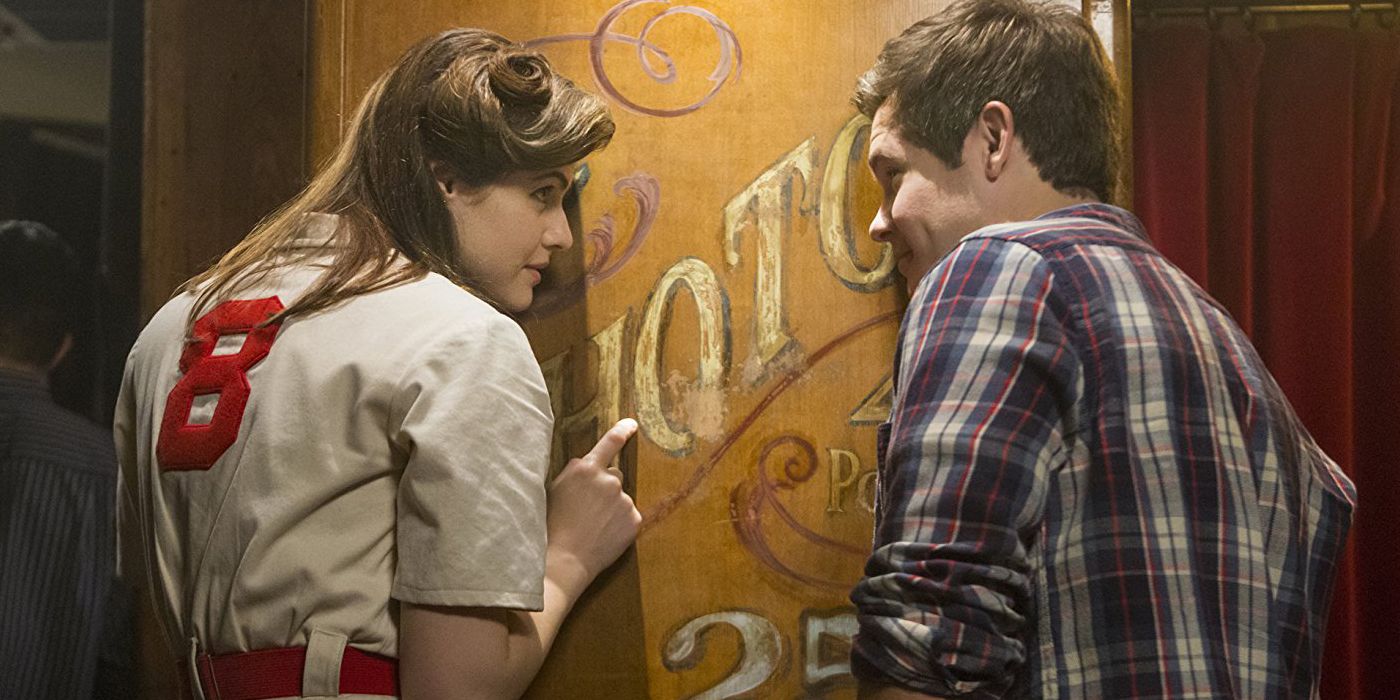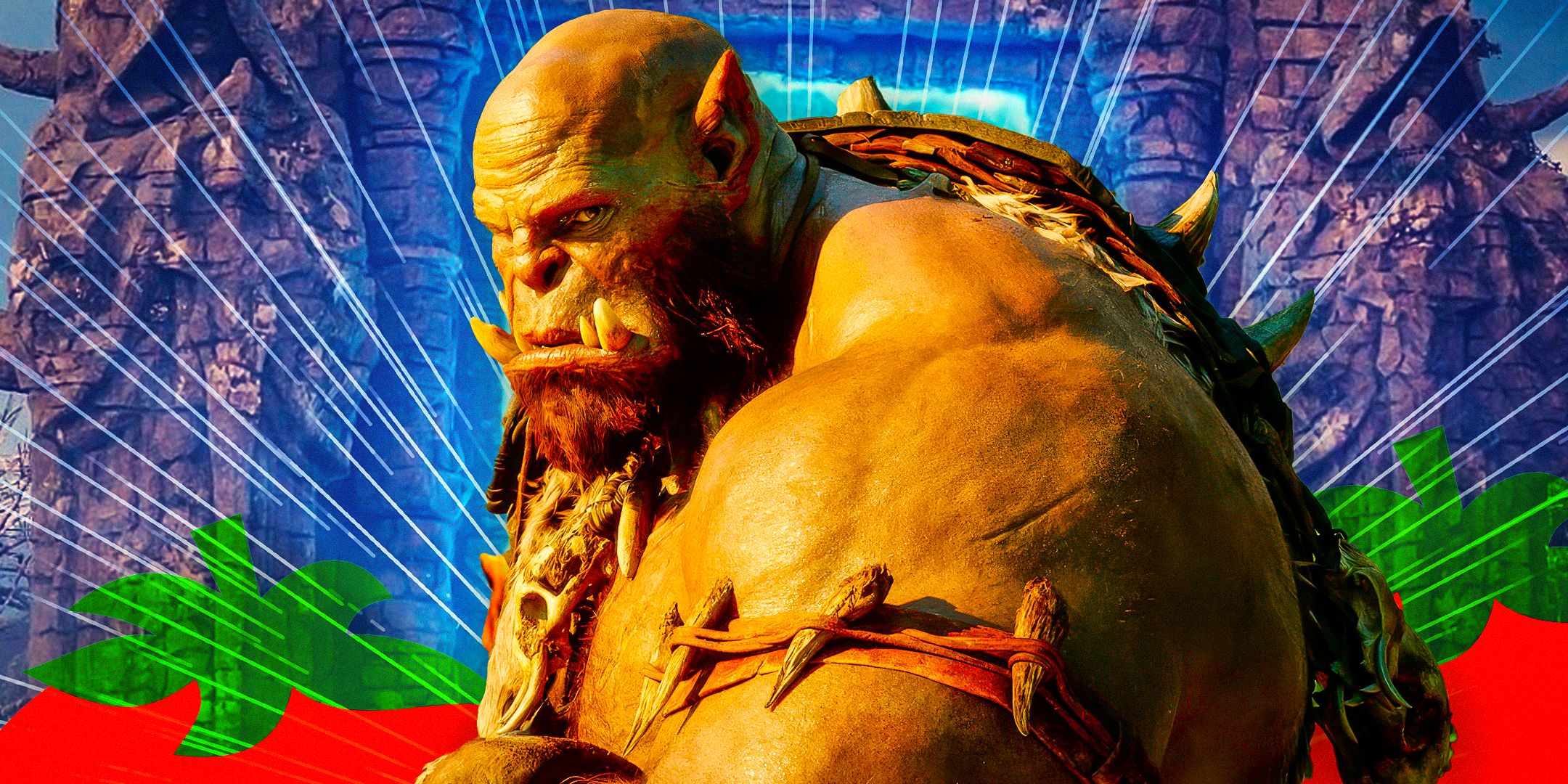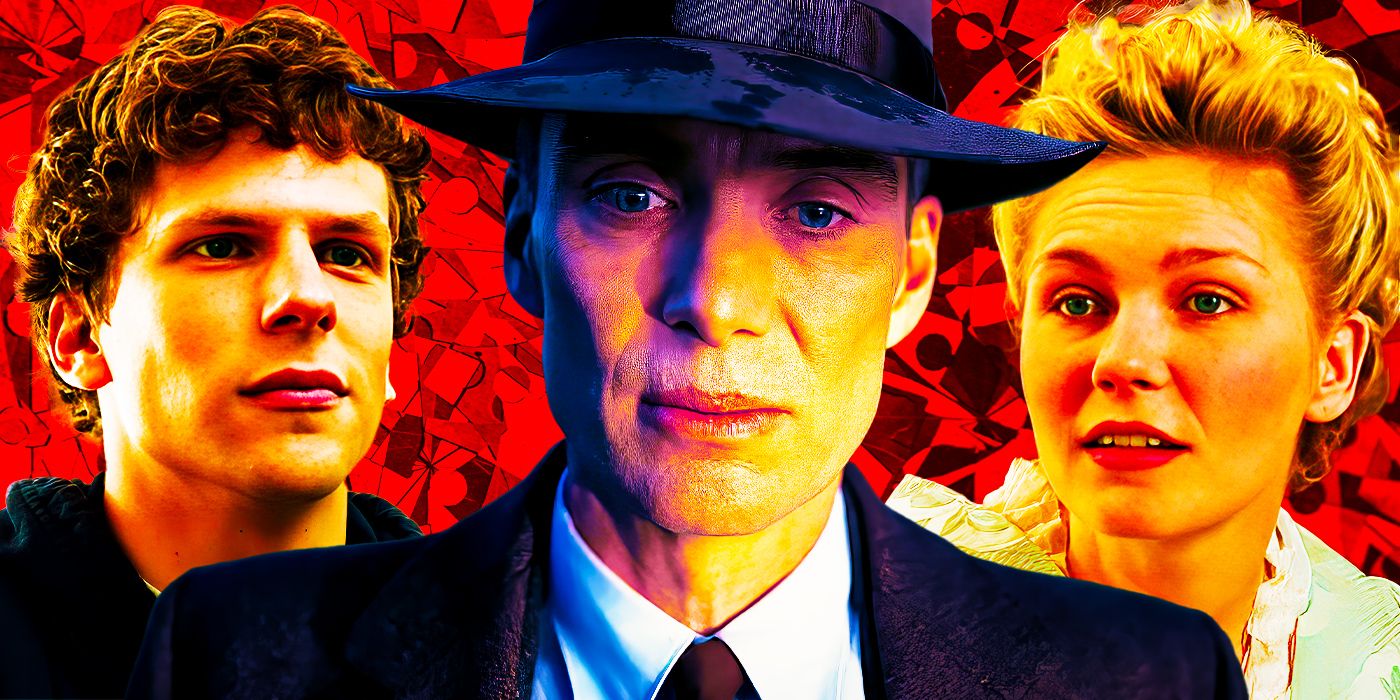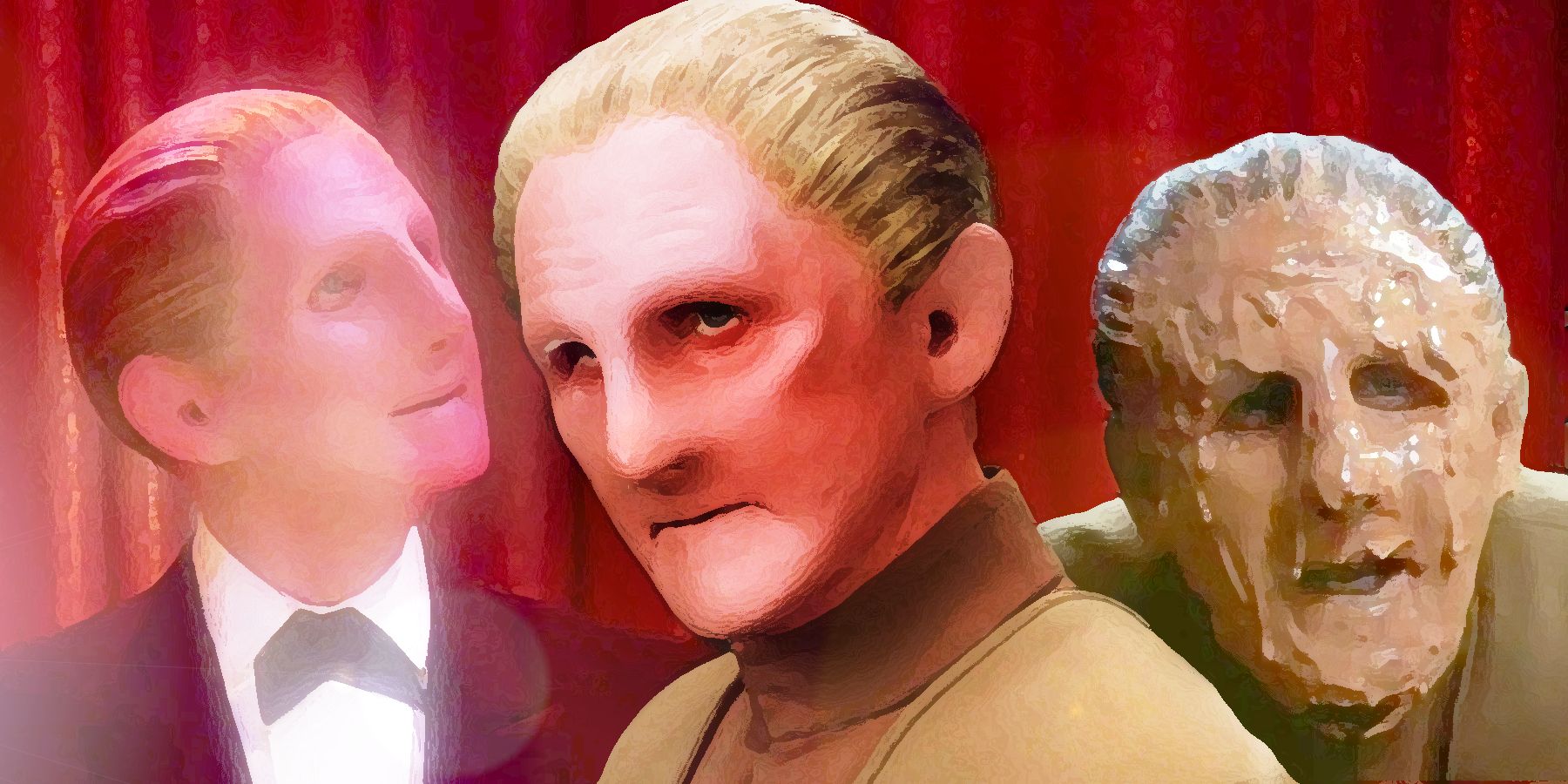Within its sprawling narrative landscape, Marvel Comics‘ Multiverse is timeless, and limitless – the story of how it came to be so central to Marvel’s storytelling doesn’t go back quite as far, definitively beginning roughly fifty years ago, as the company sought to continue telling fresh, exciting stories by exploring different versions of its iconic characters.
How the Marvel Multiverse became what it is today contains insights into where Marvel might be headed in the future, as well as how the Multiverse will be – or could be – utilized on-screen in upcoming Phases of the MCU. Already, with films like Doctor Strange and the Multiverse of Madness, and Disney+ shows such as Loki and the animated What If…? series, the Marvel Cinematic Universe is expanding to meet the possibilities of its Multiverse, to adapt classic Multiverse stories, and to integrate properties like the X-Men franchise into its shared continuity. For fans of Marvel in any medium, it’s worth revisiting some critical moments in the Multiverse’s development.
The Pre-History Of The Multiverse
Human Torch’s Interdimensional Adventure
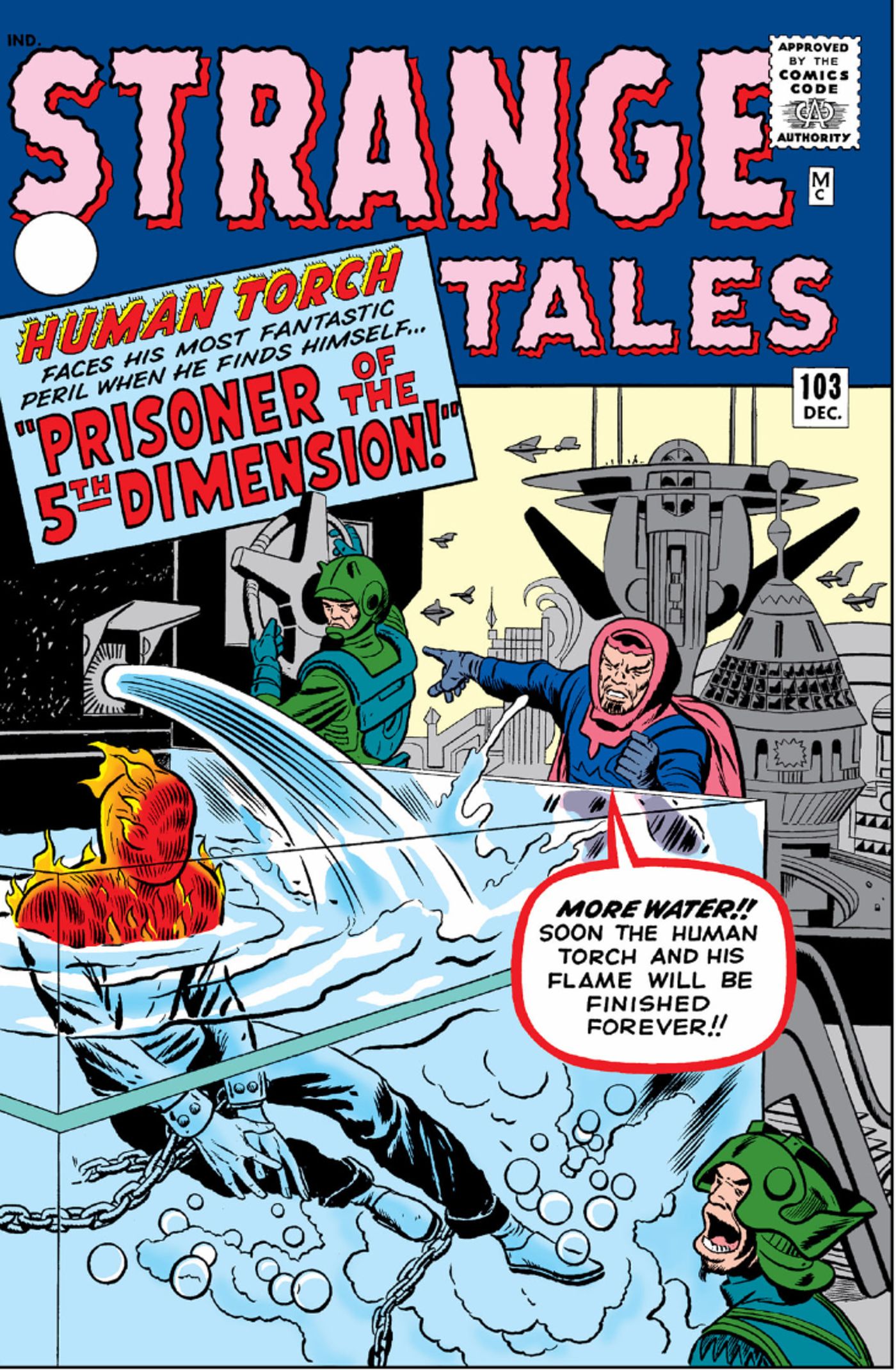
Strange Tales #103 was an early Marvel story featuring a parallel dimension. Distinct from an alternate universe, it was a separate plane of existence, connected to Earth by a physical portal, populated by beings as alien and strange to the human Johnny Storm as any he might have encountered in space. In the solo Human Torch story, “Prisoner Of The 5th Dimension,” Storm helped free the denizens of this previously-uncontacted dimension, before returning to his native realm, tunneling through the ground of Long Island where the portal was located. The Fantastic Four would later return to this dimension in Marvel’s first story to explore an alternate timeline.
Pre-History Lesson, Part 2
The Fantastic Four’s First Encounter With An Alternate Timeline
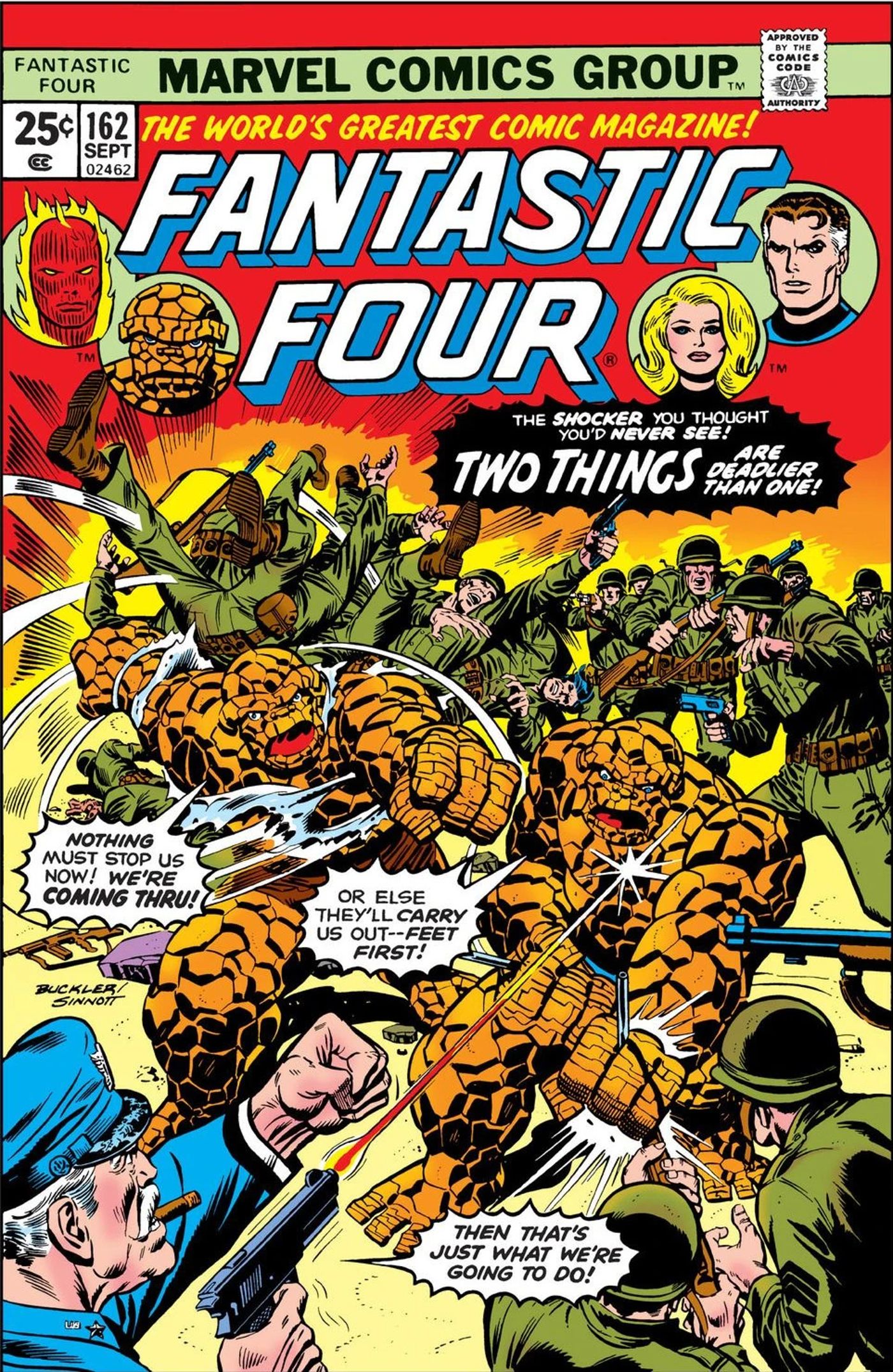
In Fantastic Four #161, the Human Torch returned to the “5th dimension” he had previously visited in Strange Tales #103 – only to find it under attack from Reed Richards. As it turned out, this was a Reed Richards from an alternate timeline, one with obvious divergences from Torch’s familiar timeline. This story provided the earliest example of Marvel superheroes coming into conflict with alternate versions of themselves that are explicitly stated to come from an alternate timeline. While it doesn’t situate the alternate timeline encountered by the Fantastic Four in the larger framework of a Multiverse, it clearly has the distinction of being the most direct, immediate precedent to Marvel’s Multiverse.
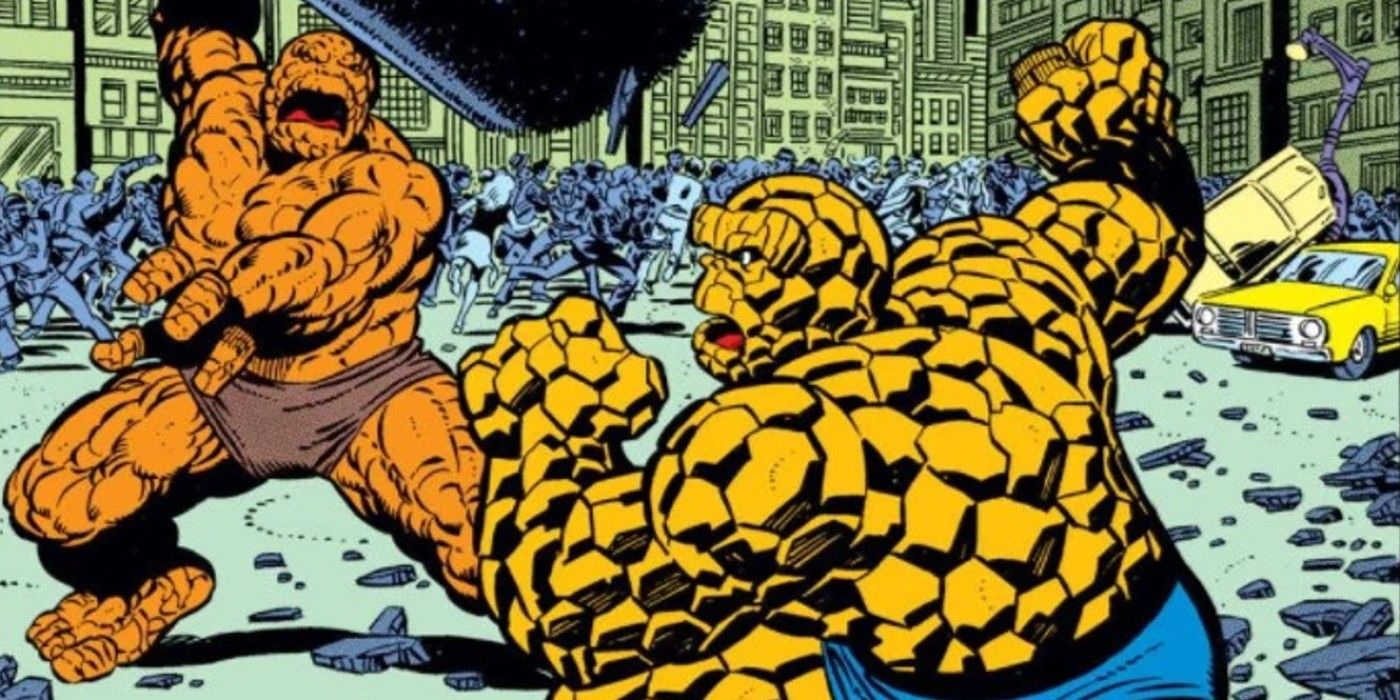
This Ben Grimm Time Travel Adventure Proves Why Marvel Should Revive A Classic Anthology Series (With A Twist)
Marvel should revive its long-running Two-In-One anthology series with a new Multiversal twist, and make it a playground for new creative talents.
The Formal Introduction Of The Multiverse Concept
Marvel Asks “What If…?”
A little over a year after Fantastic Four‘s three-issue arc introduced the idea of alternate timelines, Marvel debuted a groundbreaking series, one that would irrevocably change the company’s trajectory in the long-term: What If…? An anthology series, What If…? featured alternate continuity stories, highlighting narrative divergences from the company’s accepted canon. Starting with “What If Spider-Man Joined The Fantastic Four?,” the initial volume of the title ran for over a decade, and established the core principals of a Marvel Multiverse story. More importantly, the opening narration of What If… #1 – by Fantastic Four character Uatu the Watcher – definitively established the existence of many divergent realities, with the series going on to popularize the term “Multiverse.”
A Coherent Multiversal Order Takes Shape
Marvel’s Main Continuity Is Formally Designated “Earth-616”
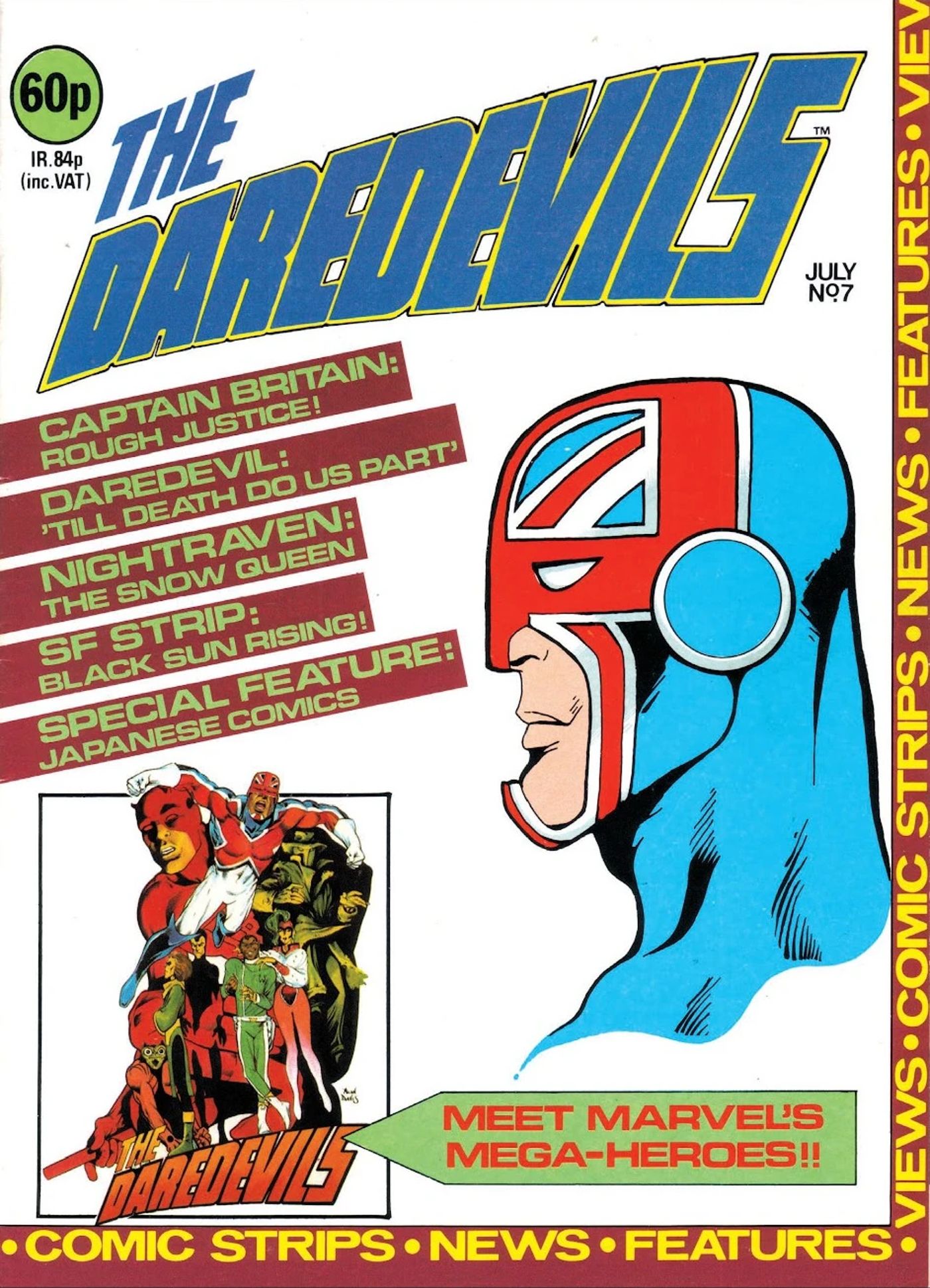
Of all places, an essential part of contemporary Marvel Universe lore came from legendary writer Alan Moore, in the Captain Britain story “Rough Justice” from the Marvel UK anthology title The Daredevils, in the seventh of the series’ eleven issues. In a story dealing with versions of Captain Britain from multiple realities, Moore dubbed the main Marvel Universe “Earth-616” – the number stuck, largely because it introduced a key concept into the still-fledgling Multiversal lore: the realities of the Multiverse could be cataloged, indexed, and kept track of. This was, of course, useful for Marvel and its creators, but moreso, it proved vital for fans, who now had language to more easily discuss the Multiverse.
A New Universe Takes Center Stage…For A Time
Marvel’s Ultimate Imprint Proved Alternate Continuities Can Coexist
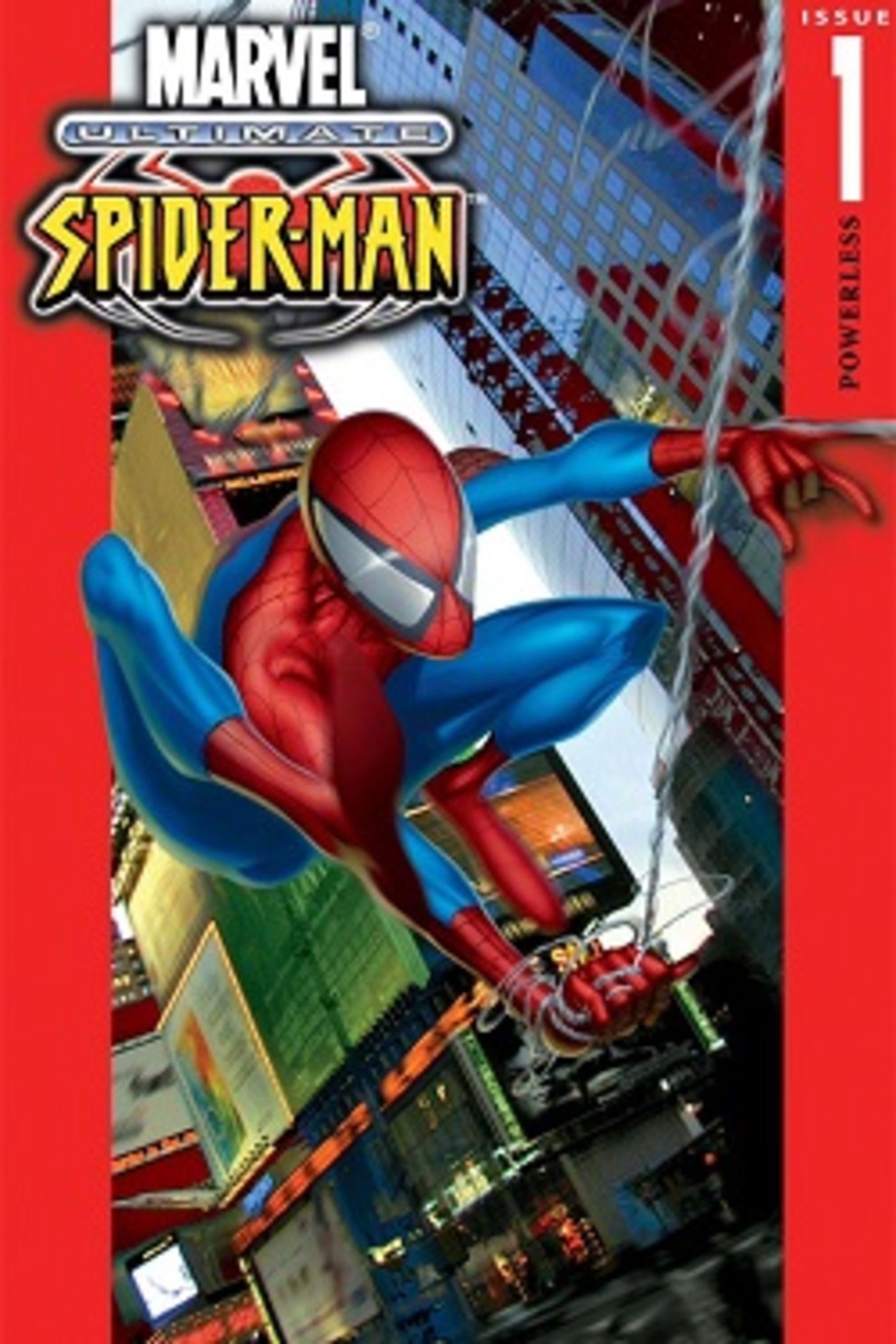
Ultimate Spider-Man #1, debuting in 2000, was more than just a new Spider-Man title – it was the genesis of a new timeline, an alternate Marvel continuity that would coexist alongside the main Earth-616 titles. The success of Ultimate Marvel proved that the instinct behind a reboot was correct, but that the same end result could be achieved without alienating fans of the existing canon. Ultimate Marvel – designated “Earth-1610” – operated as a co-main Marvel Universe with the company’s 616-titles for fifteen years, before the original appeal of the new continuity ran its course, and the Ultimate Universe was destroyed, with select elements integrated into the main continuity.
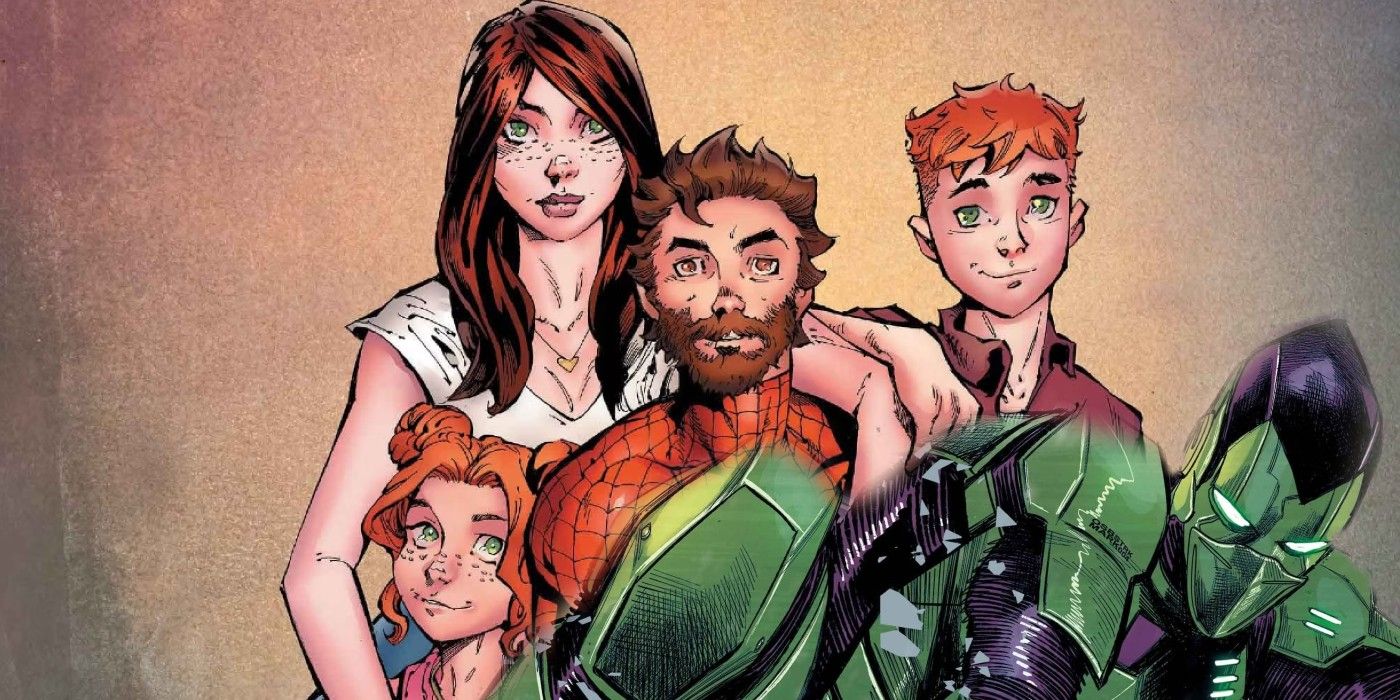
New Spider-Man & Green Goblin Officially Debut in Ultimate Spider-Man First Look
Marvel has revealed a new Ultimate Universe and gives readers a look at the brand-new Ultimate versions of Spider-Man and the Green Goblin.
A New Kind Of “What If…?” For A New Era
The Exiles Tour The Multiverse LIke Never Before
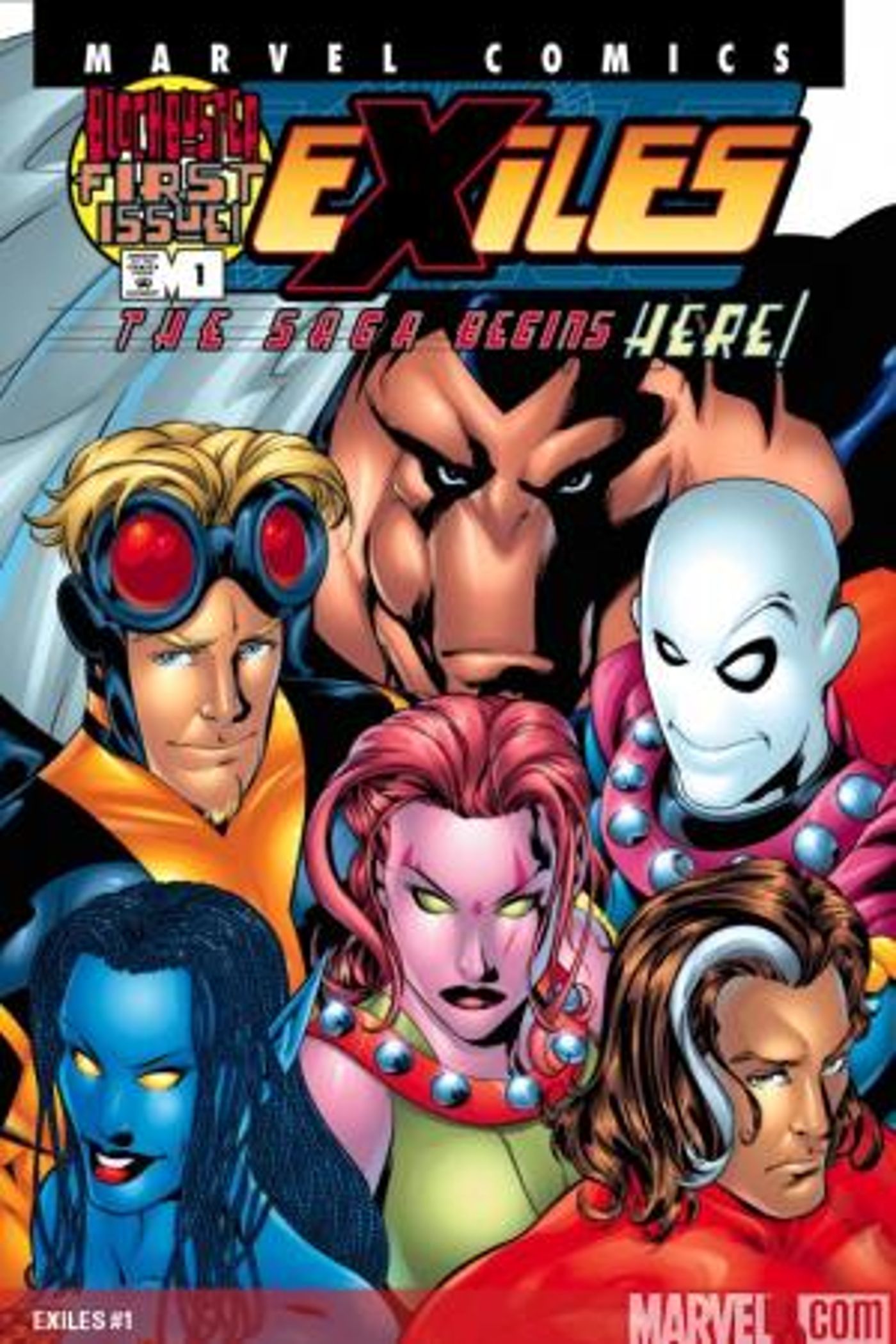
In 2001, as the Ultimate Universe was still in its early stages, Marvel released Exiles #1 – an X-title that took a What If…? concept and turned it into a sustainable, and popular, ongoing series. Exiles was as critical to developing the modern conception of the Marvel Multiverse as anything. With a team comprised of mutants from disparate realities thrown together on a Universe-hopping mission, Exiles offered readers a look at the breadth and limitless potential of the Multiverse like few stories that had come before. As the team went on a Quantum Leap-esque journey to fix “broken” realities, the series provided a break-out opportunity for several of its major characters, most notably Blink.
Marvel Tries To Contain Its Multiverse
Secret Wars Re-Shaped The Marvel Cosmos…For A Time
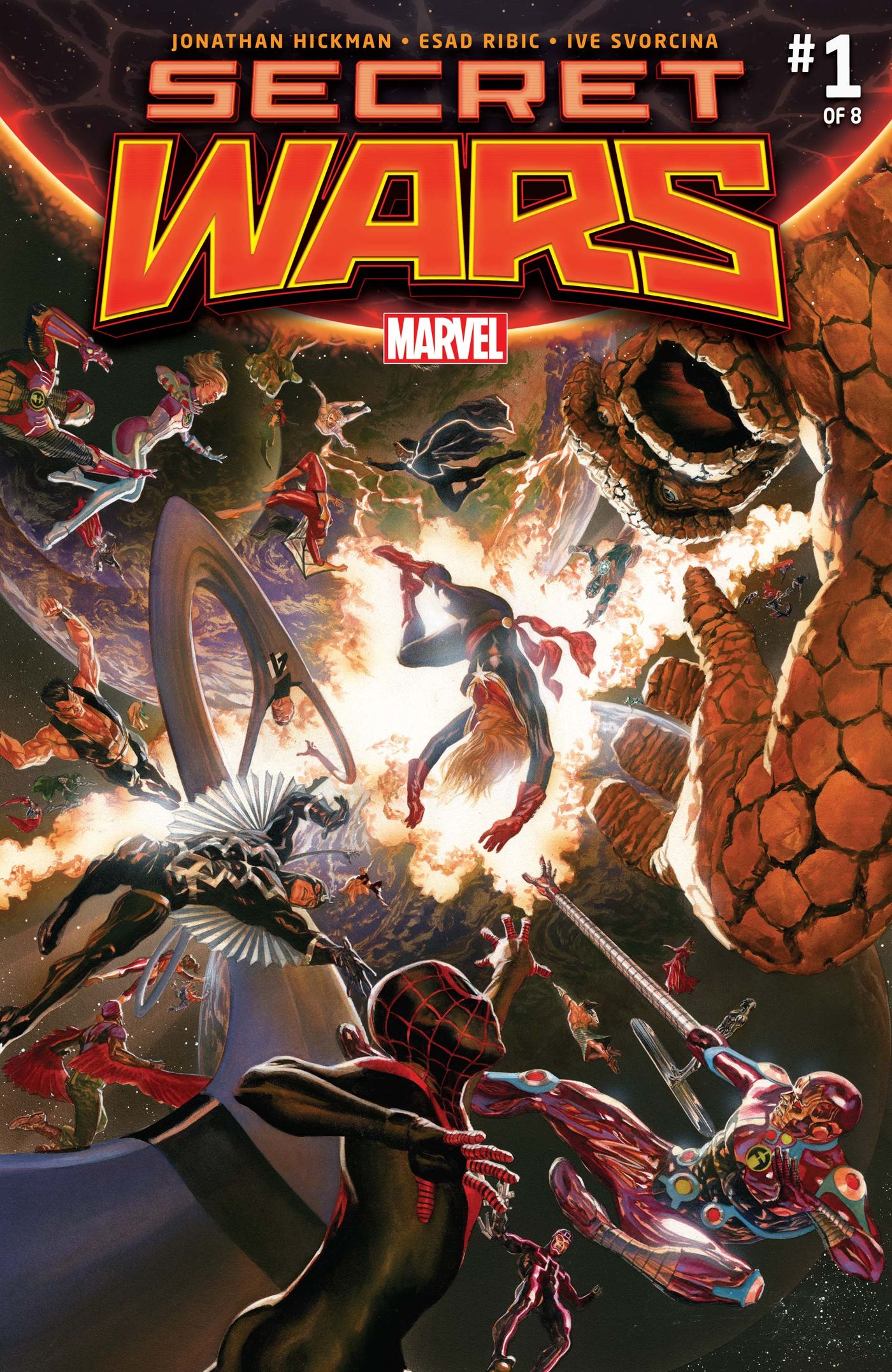
2015’s Secret Wars was an attempt by the powers at Marvel to reign in its sprawling Multiverse – as with the “House of M” reduction of the mutant population from a decade prior, this produced mixed results, and over time has been undone to a large extent. Secret Wars consolidated the Multiverse, and then reformulated it into a more controlled version by the conclusion of the story. The crossover event was most notable for bringing the original Ultimate line of comics to an end, while bringing major characters such as Miles Morales into the main continuity – and leaving an evil Reed Richards variant dangling, so the Ultimate Universe could one day be rebooted.
A New Medium For The Multiverse
The MCU’s Future Phases Involve Many Worlds
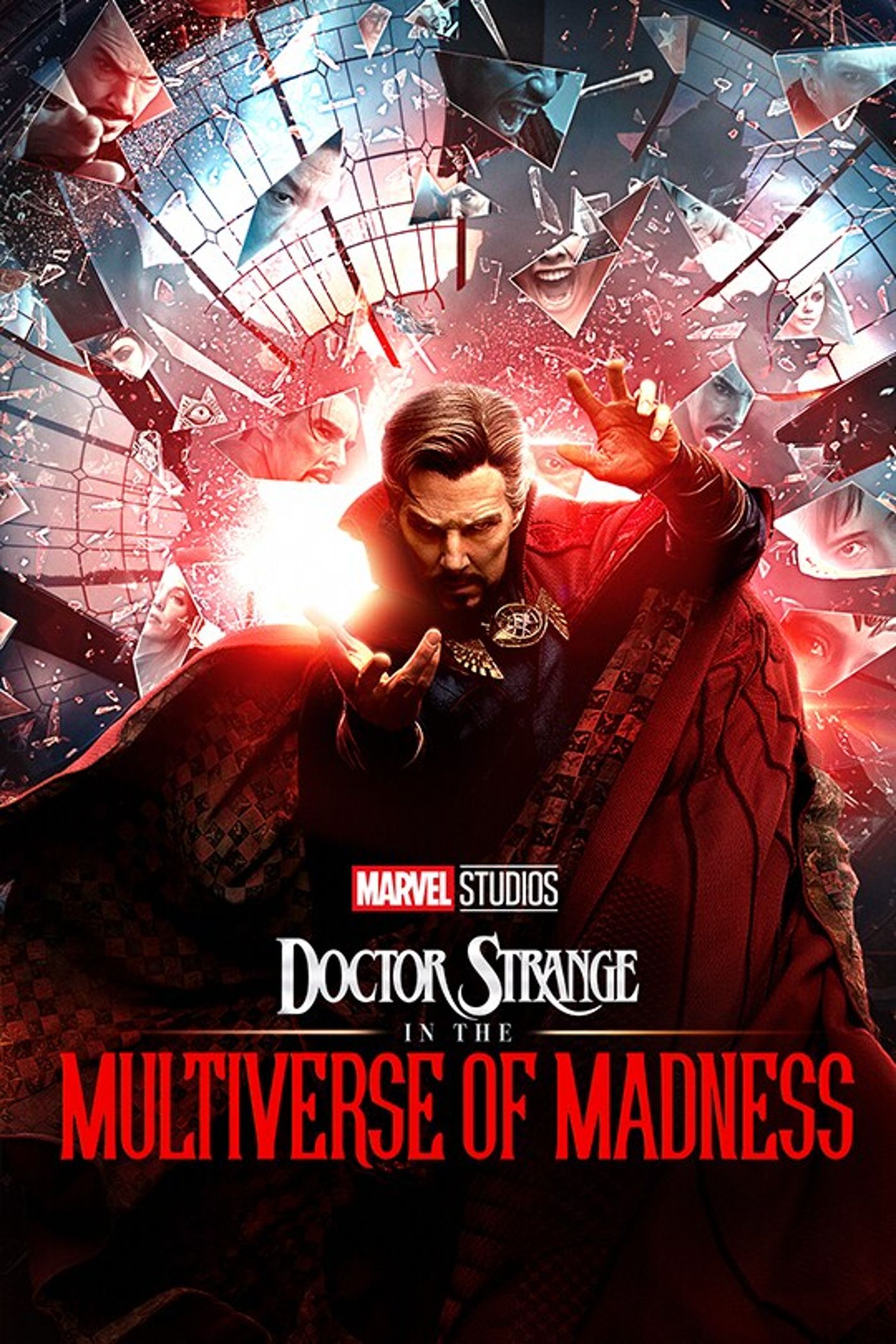
Following the legitimately epic conclusion to the first three Phases of the Marvel Cinematic Universe in Avengers: Endgame – which, in its explanation of the mechanics of time-travel in the MCU, slyly set up the idea of branching timelines for future exploration – the current fifth Phase of Marvel’s grand film-narrative tapestry has turned fully toward an even more epic, Multiverse-spanning arc. Loki, Doctor Strange and the Multiverse of Madness, Ant Man: Quantumania, and the Disney+ What If… adaptation – which applies the comic series’ patented formula to MCU storylines – have all worked to shape the direction of the next several years of Marvel movies.
The Future(s) Of The Multiverse
On The Page And Screen, Marvel Will Keep Telling Alternate Continuity Stories
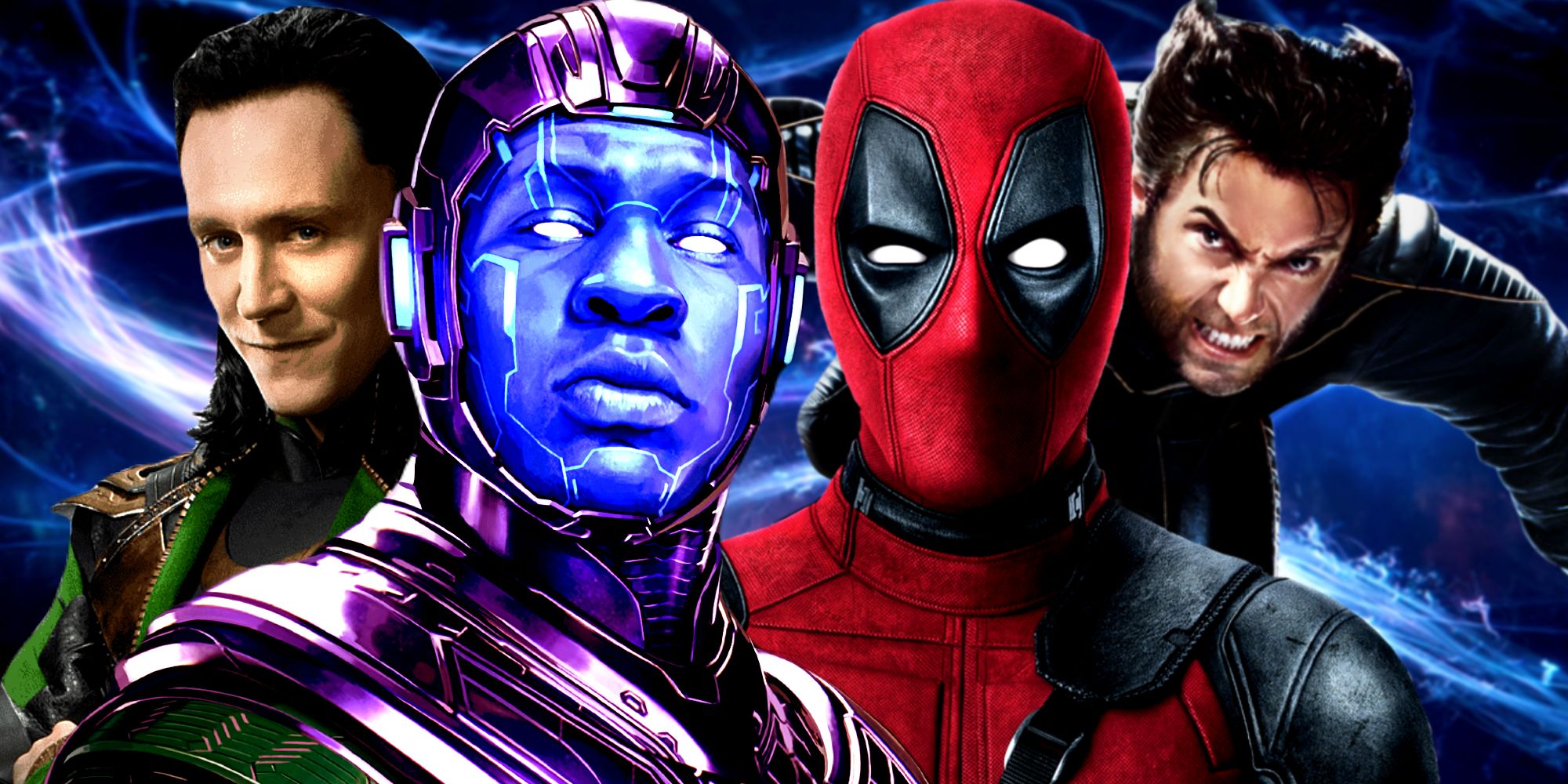
With Avengers: Secret Wars scheduled for 2027, it appears the MCU’s Multiverse may have a teleology, a plan behind it, leading to a decisive endpoint. In Marvel Comics, the Multiverse continues to feature regularly. In all mediums, from the page, to the big and small screen, to video and roleplaying games, it can be expected to thrive, and be utilized in engaging new ways. As much as pop culture fans love canon, they love to speculate on deviations from that canon, and in that case, Marvel Comics will continue to populate its Multiverse with an inexhaustible parade of alternate versions of its characters.


